Description
Genuine ultramarine blue pigment made from lapis lazuli gemstone arrived in Renaissance Venice on Arabian boats, thus the ‘ultra marine’ (pigment from overseas). Our pigment is not made from lapis lazuli, but is a beautiful and far less expensive alternative. ‘Artificial’ ultramarine pigment made to replace expensive genuine ultramarine was noted in the late 16th century. The hand-made color was deemed to be as permanent as the natural blue, but non-toxic and slightly darker in color.The first laboratory-made ultramarine was introduced in the late 1820s, and manufactured as oil and watercolor paints in 1838; it was originally made by an intricate process of heating kaolin, soda ash, sulfur, linseed oil, mastic, silicate of soda, oil of turpentine, aluminate of soda and even a bit of lapis lazuli (whew!). Today’s man-made ultramarine is chemically identical to genuine ultramarine, made with sodium aluminum, calcined sulfur, aluminum silicate and the usual secret ingredients. It is lightfast, mixes with all mediums and pigments, though difficult to grind in oil, but the results are well worth the effort.
AKA: French blue, French ultramarine, artificial ultramarine, synthetic ultramarine, [Fr] bleu outremer, [It] azzuro oltamarino

Medieval scribe dressed in a ultramarine blue robe, cross-hatched with gold to designate shading.
General protective measures: Always wear a dust mask, gloves, apron and eye protection.

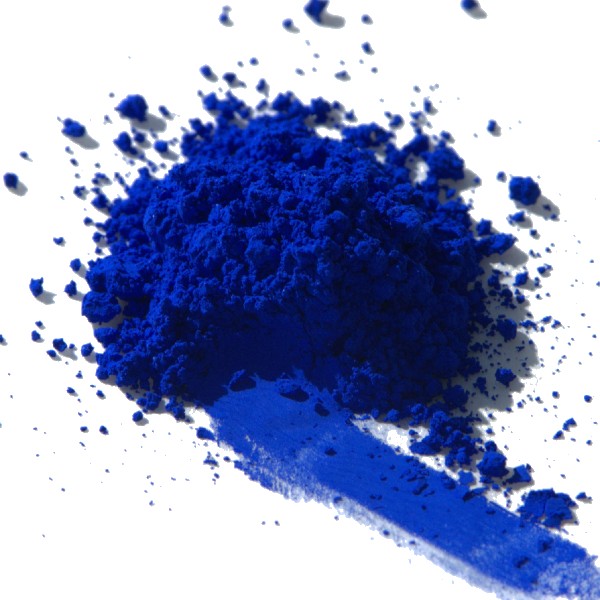
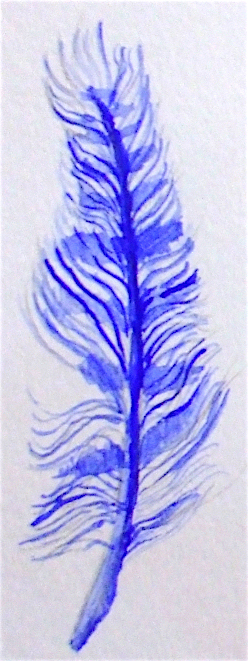
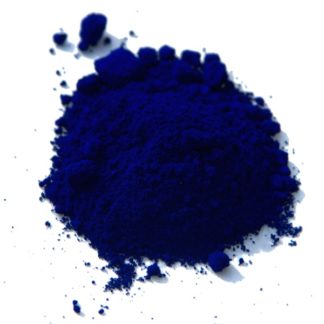
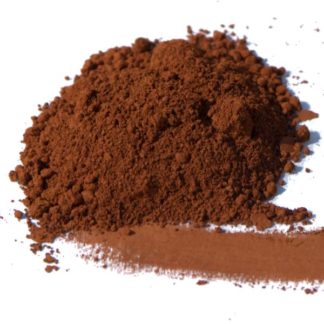
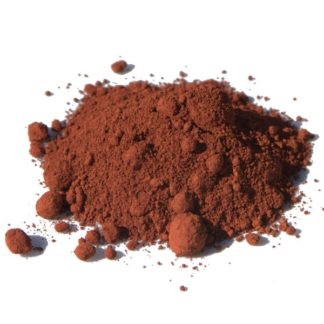
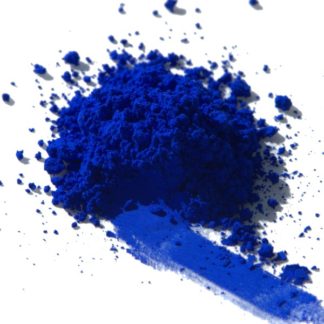
Reviews
There are no reviews yet.